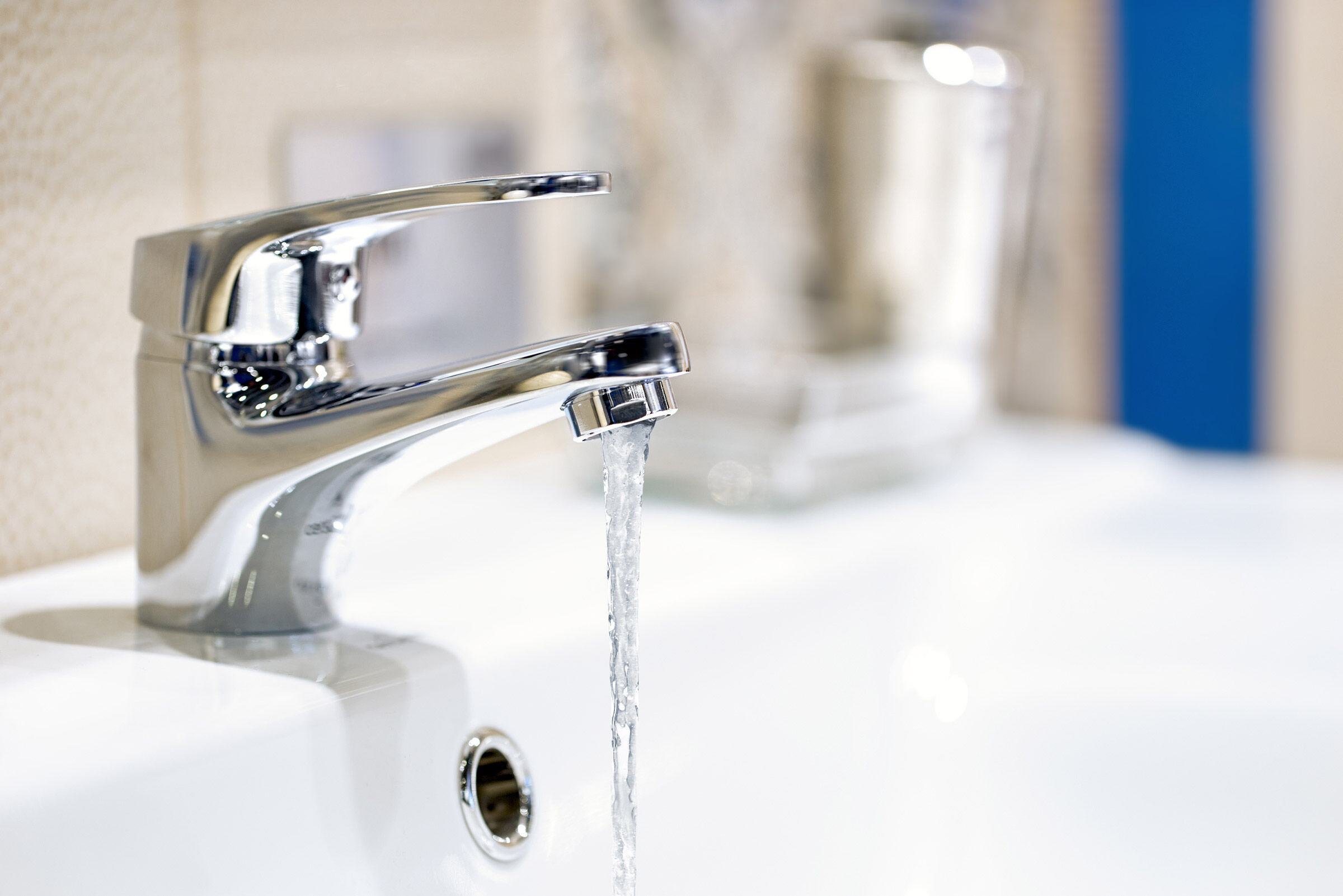
THE PRODUCT:
Faucets include lavatory and kitchen faucets and replacement aerators.
THE STANDARD:
The current national standards for faucets took effect in 1994 and set a maximum flow rate of 2.2 gallons per minute (gpm). In December 2010, DOE officially waived federal preemption of the national faucet standards. This waiver of federal preemption allows states to set standards provided they are more stringent than the national standards.
In 2014, Colorado adopted lavatory faucet standards that set a maximum flow rate of 1.5 gpm. In 2015, the California Energy Commission adopted standards for kitchen and lavatory faucets, setting the maximum flow rate for kitchen faucets at 1.8 gpm (with optional temporary flow of 2.2 gpm); for private lavatory faucets at 1.2 gpm; and for public lavatory faucets at 0.5 gpm. As of 2024, 14 states in total had adopted faucet standards that are more stringent than the national standards.
In May 2025, DOE proposed to rescind the maximum water use standard codified by DOE in a 1998 Final Rule, which would revert the standard to the levels in the statute.
KEY FACTS:
In addition to saving water, more-efficient faucets save a significant amount of energy by reducing the amount of hot water used. Lavatory faucets that use no more than 1.5 gpm can earn the WaterSense label. WaterSense is an EPA partnership program (similar to ENERGY STAR) which identifies products that save water and energy, save money, and meet a minimum threshold of performance.
Filings
Standards in the News
Timeline
| Federal | Date | States |
| 2024 | MD Standard Effective | |
| 2023 | ME Standard Effective | |
| 2023 | RI Standard Effective | |
| 2022 | MD Standard Adopted | |
| 2022 | DC Standard Effective | |
| 2022 | NY Standard Effective | |
| 2022 | MA Standard Effective | |
| 2022 | OR Standard Effective | |
| 2022 | NJ Standard Effective | |
| 2021 | ME Standard Adopted | |
| 2021 | RI Standard Adopted | |
| 2021 | OR Standard Adopted | |
| 2021 | MA Standard Adopted | |
| 2021 | NJ Standard Adopted | |
| 2021 | WA Standard Effective | |
| 2021 | CO Standard Effective | |
| 2021 | HI Standard Effective | |
| 2020 | DC Standard Adopted | |
| 2020 | VT Standard Effective | |
| 2020 | NV Standard Effective | |
| 2019 | NY Standard Adopted | |
| 2019 | NV Standard Adopted | |
| 2019 | WA Standard Adopted | |
| 2019 | CO Standard Adopted | |
| 2019 | HI Standard Adopted | |
| 2018 | VT Standard Adopted | |
| 2016 | CO Standard Effective | |
| 2016 | CA Standard Effective | |
| 2015 | CA Standard Adopted | |
| 2014 | CO Standard Adopted | |
| 1st Federal Standard Effective | 1994 | |
| 1st Federal Standard Adopted | 1992 | |
| EPACT Initial Federal Legislation Enacted | 1992 |